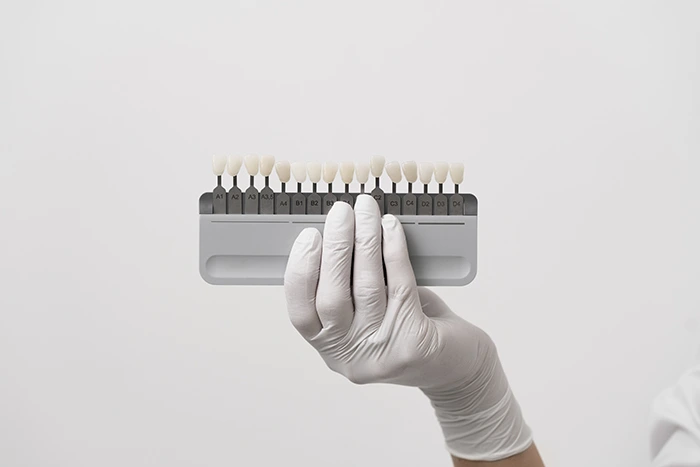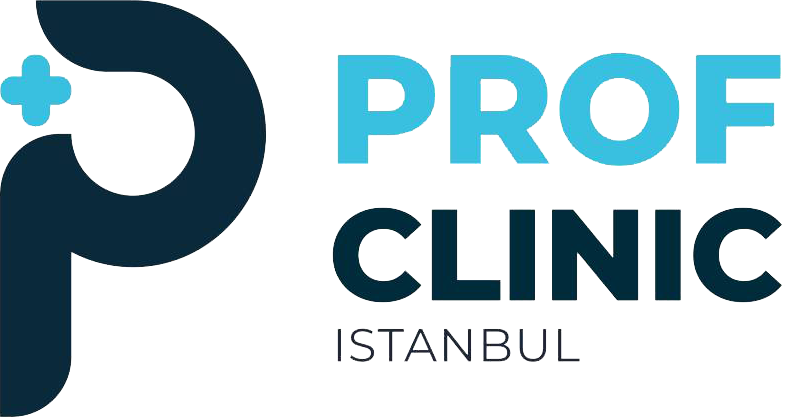
Veneers are a popular cosmetic dental option for achieving a flawless smile. However, many people hesitate to undergo the traditional veneer process because it involves removing a small portion of the tooth’s enamel. Fortunately, there’s a less invasive alternative: veneers without shaving teeth. These are often referred to as “no-prep veneers” or “minimal-prep veneers,” offering a quick and pain-free way to enhance your smile. In this article, we’ll explore how no-prep veneers work, their pros and cons, and alternative options like clip-on veneers.
Table of Contents
ToggleWhat Are Veneers Without Shaving Teeth?
Veneers without shaving teeth, also known as no-prep veneers, are a type of cosmetic veneer that requires little to no removal of the natural tooth structure. Unlike traditional veneers, which require significant enamel shaving to fit properly, no-prep veneers are designed to be thin enough to bond directly onto the tooth’s surface without extensive preparation.
How do they work? These veneers are typically made from materials like ultra-thin porcelain or resin composite, making them less bulky and easier to place. The bonding process for no-prep veneers is similar to that of traditional veneers but involves minimal drilling or reshaping of the natural teeth.
Contact us at Prof Clinic to give you the best no-prep veneers at a competitive price.
How Do No-Prep Veneers Compare to Traditional Veneers?
To understand the differences between no-prep veneers and traditional veneers, it’s essential to consider several factors:
Procedure
- Traditional veneers require enamel removal to ensure a proper fit and natural look. This process involves shaving about 0.5 mm to 1 mm of enamel.
- No-prep veneers, on the other hand, are much thinner (often less than 0.3 mm), so they can be bonded directly onto the tooth surface without extensive reshaping.
Cost
- While permanent porcelain veneers cost varies depending on the dentist and location, traditional veneers generally cost more due to the additional time and labor involved.
- No-prep veneers can be slightly cheaper because they require less preparation and fewer appointments.
Results
- Both types of veneers can deliver natural-looking results, but traditional veneers often offer better results for severe discoloration, gaps, or misalignments. No-prep veneers are best suited for minor cosmetic adjustments.
Also read: Veneers vs. Lumineers: Pros & Cons – Which Option Is Better?

Pros of Veneers Without Shaving Teeth
No-prep veneers come with several benefits that make them appealing to many patients:
- Less Invasive and Painless One of the most significant advantages is that no-prep veneers are less invasive. Since they don’t require extensive enamel removal, there’s no need for anesthesia, and the procedure is virtually painless.
- Preserve Natural Tooth Structure No-prep veneers allow you to maintain more of your natural tooth structure, which is crucial for long-term dental health. This makes them a great option for those who want to preserve their natural teeth while still improving their smile.
- Faster Procedure The placement of no-prep veneers typically requires fewer dental visits, making it a quicker option for smile transformation. In some cases, they can even be placed in a single visit.
Cons of Veneers Without Shaving Teeth
While no-prep veneers have many advantages, they also come with some limitations:
- Limited Ability to Correct Major Issues No-prep veneers are best for minor cosmetic improvements. They may not be suitable for patients with severely discolored, misaligned, or damaged teeth, as they might not provide enough coverage or correction.
- Shorter Lifespan While traditional porcelain veneers can last 10-15 years or longer, no-prep veneers may have a slightly shorter lifespan due to their thinner structure. Proper care and maintenance can help extend their durability.
- Bulkier Appearance Since they don’t involve shaving down the natural tooth, no-prep veneers can sometimes feel bulkier than traditional veneers, particularly if the patient’s natural teeth are large.
Also read: How long do veneers last?

Alternatives to No-Prep Veneers
If no-prep veneers don’t seem like the right fit for you, there are alternative options to consider:
Clip-On Veneers
-
- Clip-on veneers are temporary, removable veneers that can be worn over natural teeth. They don’t require any preparation or bonding and can be a cost-effective solution for improving smile aesthetics.
- While clip-on veneers dentist quality can enhance your smile quickly, they are not as durable or natural-looking as permanent veneers.
Traditional Porcelain Veneers
-
- For patients seeking more permanent results and willing to undergo a more invasive procedure, traditional porcelain veneers remain an effective solution. Despite the permanent porcelain veneers cost being higher, the results are often more transformative and long-lasting.
Teeth Whitening
-
- If discoloration is the main concern, professional teeth whitening may be a simpler and less expensive alternative. Whitening can significantly improve the brightness of your teeth, but it does not address shape or alignment issues.
Who Is a Good Candidate for No-Prep Veneers?
Not everyone is a suitable candidate for no-prep veneers. Ideal candidates typically include:
- Individuals with minor gaps, small teeth, or slight discoloration.
- Those looking for a quick, non-invasive cosmetic enhancement.
- Patients with healthy teeth and gums, as severe damage or decay can disqualify someone from being a candidate.
Consulting with a dentist, like our team at Prof Clinic in Istanbul, is essential to determine whether no-prep veneers are right for your specific dental needs.
Cost of No-Prep Veneers vs. Traditional Veneers
The cost of no-prep veneers can vary depending on the dentist, location, and materials used. On average:
- No-prep veneers typically cost between $800 to $2,000 per tooth.
- Traditional porcelain veneers can range from $1,000 to $2,500 per tooth.
The permanent porcelain veneers cost may be higher, but they often offer more extensive results and longer-lasting benefits. However, for patients seeking a more affordable and quicker option, no-prep veneers can be a great choice.
To conclude, veneers without shaving teeth provide an excellent option for patients looking for a quick and minimally invasive way to improve their smiles. While they may not be suitable for all cosmetic concerns, their benefits make them an attractive option for many. Whether you’re considering no-prep veneers, clip-on veneers, or traditional porcelain veneers, it’s important to consult with a qualified dentist to determine the best solution for your dental needs.
Also read: Veneers in Turkey Price (Guide 2025)
FAQs About Veneers Without Shaving Teeth
Are veneers without shaving teeth reversible?
Yes, since they don’t require enamel removal, no-prep veneers can be removed without permanent damage to the natural teeth.
How long do no-prep veneers last?
No-prep veneers can last between 5 to 10 years with proper care. Regular dental check-ups, good oral hygiene, and avoiding habits like teeth grinding can extend their lifespan.
Can you eat normally with no-prep veneers?
Yes, no-prep veneers are designed to function like natural teeth, allowing you to eat most foods. However, it’s best to avoid extremely hard foods that could damage the veneers.

